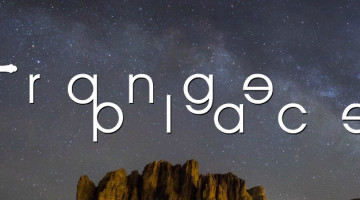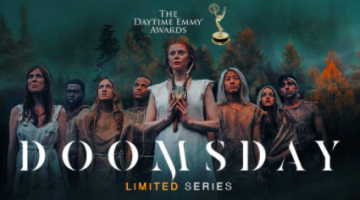A little over a year ago, my friend Jasper and I came up with an idea for a webseries: an aspiring writer named Sonia rejects a spot in a prestigious writing program to explore New York. Each episode would introduce new characters that represented new aspects of the city. We called it Between the Sidewalk and the Street We wanted our cast to represent the multiculturalism of New York, so a diverse cast was a top priority. Casting the many actors of color in our series, helped us learn about the huge lack of diversity in the world of film, and more importantly forced us to confront our own subconscious biases.
Look at the posters for any upcoming widely-hyped film or TV show, you’ll notice that the casts are almost always heavily white. Even though filmmakers are not trying to, because of these white-washed casts, they end up sending the message that white is normal.
This isn’t to say that there is some overt racism going on – look at the people behind the camera, again mostly white males with only their experiences as white males to share with their audience.
And this is where webseries come in. Cheap technology that’s widely available means that more people can make webseries and have the freedom to do whatever they want in regards to story, cinematography, and of course, casting. Let’s be honest, even the best webseries don’t have the views of mediocre television series, but that’s not to say that webseries don’t have a place in the media landscape. Webseries function best as laboratories for bold experiments in the way stories can be told that challenge the mainstream ideas of the mainstream film community.
Even though we wanted a diverse show, when Jasper and I first put up a casting notice, we listed Sonia as white. For a number of reasons, that first casting call wasn’t successful, so we did a second and that time around we didn’t list an ethnicity. After three days of casting, A remarkably talented South Asian actor, Piyali Syam really stood out to us. As we were making our decision, we had a moment of self-examination: we had this image of Sonia in our heads as white, but we soon realized that the only reason that image was there was because we were white. We were more than happy to let go of that image in order to have the best possible actor playing our lead role. We didn’t see it as a risk.
This wasn’t just the case with Piyali. As we went through the audition process we found a ton of ridiculously talented actors of color who were able to bring our characters to life. Going into the audition process I erroneously believed that the reason so many films and TV shows have mostly white casts is because most actors are white. I was really, really wrong about that. The lack of diversity in media isn’t because there is a lack of actors, it’s because there’s a lack of creators casting people of color.
If we were working under a big studio, maybe we wouldn’t have cast Piyali; maybe a casting director would’ve given us a folder full of headshots for us to find the actor who perfectly matched the image in our heads; maybe some executive would’ve told has that Piyali “wasn’t marketable,” I don’t know. All I know is that the process of making Between the Sidewalk and the Street forced me to confront my own biases, and I’m incredibly grateful for that. Webseries have a great opportunity to make the film world more diverse, an opportunity that cannot be wasted. Independent media is pointless if its just a reflection of the what the big guys are doing. I am immensely proud of Between the Sidewalk and the Street‘s talented cast and I hope that we end up being one among many diverse webseries.













Enjoyed this article about this web series. Diversity in Hollywood seems scarce at times, so webseries get a chance to offer more opportunities to actors of color. New York is the Mecca of diversity, and I see how the casting process evolved to what it became for the filming itself. Good stuff!